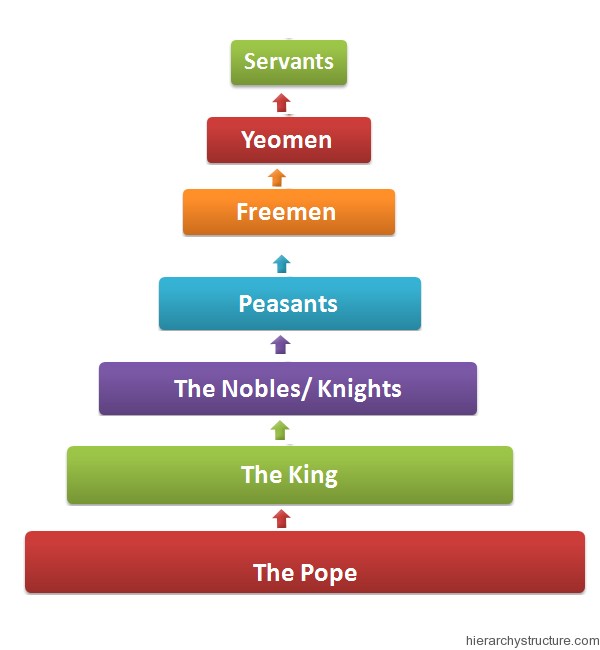
Before that, the seven relatively small individual English kingdoms, known collectively as the Heptarchy, maintained an unsteady relationship of raids, ransoms, and truces with Vikings from Denmark and Normandy from around the seventh-to-tenth centuries. The Domesday Book often remarked on who owned lands prior to the Conquest, which often were native English lords or King Edward the Confessor himself.įeudalism took root in England with William of Normandy's conquest in 1066. It drew heavily on longstanding Germanic practices, distinct in evolution from the Frankish models employed contemporaneously.īy 1066, England was a steady patchwork of lands owned by thegns and ealdormen, though the Anglo-Saxon nobility would steadily lose their lands after the Norman Conquest. The English army at the Battle of Hastings also was similar, and as the English lost to the Normans, much of the standing native English nobility had been wiped out following the loss.Ī primary difference between this form of feudalism, as practiced in Anglo-Saxon England vis a vis the Norman period, was that it was a more native form of ties between the king and his nobles. The invasion of Scotland by King Athelstan in the 930s drew from thegns whom he had established. Armies used in various conflicts were drawn from such arrangements. This system was indigenous to the Anglo-Saxons, and greatly mimicked feudalism as practiced in Europe at the time. Thegns often worked along with ealdormen and shire reeves to enforce law and order and collect taxes in given areas. Various writs survive from Anglo-Saxon monarchs, where specific grants of land were given to nobility throughout England. Similarly, ealdormen ruled counties or groups of counties, and similarly were appointed by the king to grant service accordingly when called upon. These were often thegns, who were warriors controlling lands and often fought with kings at their call-up and behest. įollowing the end of Roman rule in Britain, feudalism emerged in the subsequent Anglo-Saxon period, though not in as comprehensive or uniform manner as in the later Norman era.Īnglo-Saxon kings, within the Heptarchy period and united English kingdom post-King Athelstan, often granted supporters and nobles lands in exchange for military service. European feudalism had its roots in the Roman manorial system (in which workers were compensated with protection while living on large estates) and in the 8th century CE Kingdom of the Franks where a king gave out land for life ( benefice) to reward loyal nobles and receive service in return. The coined word feudal derives from an ancient Gothic source faihu signifying simply "property" which in its most basic sense was "cattle" and is a cognate of the classical Latin word pecus, which means both "cattle", "money" and "power".

Not until 1748 did it become a popular and widely used word, thanks to Montesquieu's De L'Esprit des Lois (The Spirit of the Laws).


The word, "feudalism", was not a medieval term, but an invention of sixteenth century French and English lawyers to describe certain traditional obligations between members of the warrior aristocracy.


 0 kommentar(er)
0 kommentar(er)
